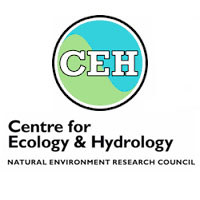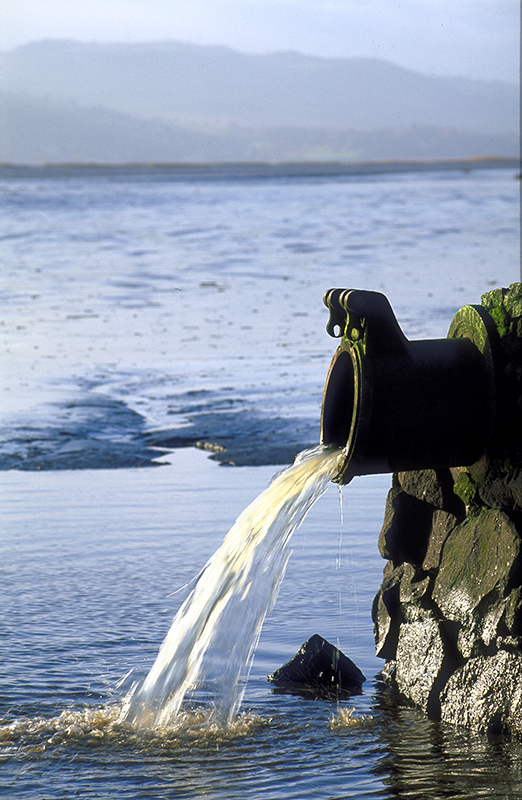What is it?
‘Critical loads’ are thresholds for the deposition of pollutants causing acidification and/or eutrophication (having excessively high levels of nutrients in water, which can lead to lowered oxygen content) above which significant harm to sensitive habitats may occur. The pollutants come mainly from burning fossil fuels, run-off of fertilisers and waste from farm animals. Around a third of UK land area is sensitive to acidification, and a third to eutrophication (with some areas sensitive to both). You can find out more about critical loads on Centre for Ecology and Hydrology (CEH).
The availability of nutrients is one of the most important abiotic factors that determine plant species composition in ecosystems. Nitrogen is the limiting nutrient for plant growth in many ecosystems. Many plants in Scotland are adapted to nutrient-poor conditions, and can only survive or compete successfully on soils with low nitrogen availability. High nitrogen deposition leads changes in vegetation composition and vegetation structure.
This indicator is currently reported at a UK level, which allows comparison between Scotland, England, Wales and Northern Ireland. A catchment-based indicator for Scotland is currently under development.
Explore the data
View the critical load exceedance maps.
How do I interpret the data?
Exposure of ecosystems to acidification across Europe has declined markedly since 1980 and Scotland now has low levels, which are forecast to continue improving. Scotland has lower levels of acidification exposure than other parts of the UK.
When comparing values across Europe and the UK, Scotland has low levels of nitrogen deposition, broadly comparable with countries like Norway and Sweden.
Who is responsible for this indicator?

This indicator is prepared by The Centre for Ecology and Hydrology
Adobe Acrobat Reader is the free, trusted leader for reliably viewing, annotating and signing PDFs.
Download Adobe Acrobat Reader



